From Vineyards to Global Market: How Duhok's Grape Harvest Symbolizes a Kurdish Agricultural Renaissance
Duhok's 18th Grape Festival showcases 105 varieties as farmers achieve a 60,000-ton harvest despite drought, highlighting a KRG-backed agricultural renaissance focused on local production, modern farming, and market access.
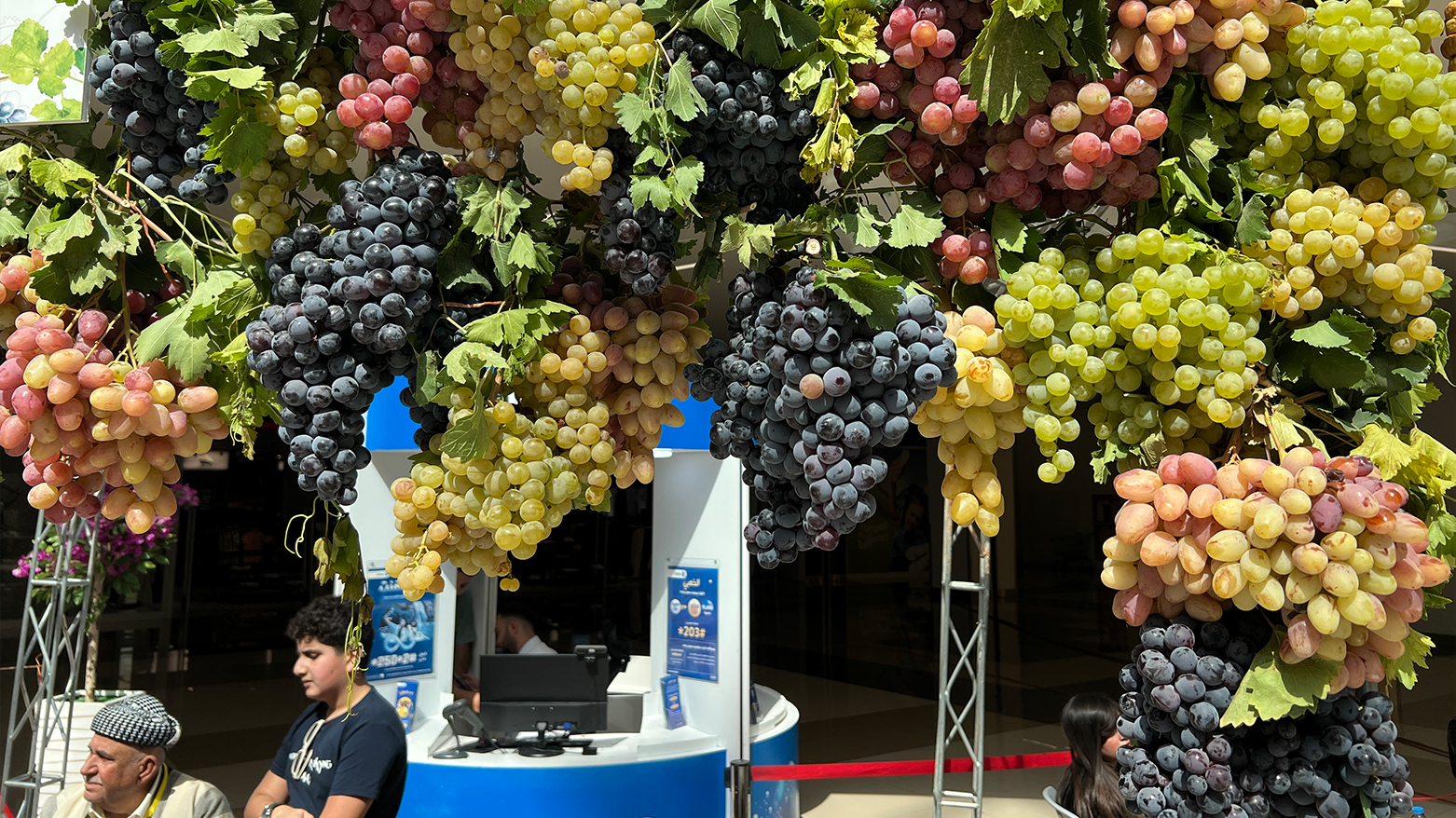
ERBIL (Kurdistan24) – The air in Duhok, thick with the scent of honey and sun-warmed fruit, buzzed with a thousand conversations. Among the labyrinth of colorful stalls at the 18th annual Grape and Honey Festival, Yusuf Nerwayi stood proudly beside his display. It was a testament to a year’s hard work, a personal collection of eighteen distinct varieties of grapes brought down from his vineyards in the mountainous Amedi region.
Each bunch, from deep, dusky purples to translucent, pale greens, told a story of the soil, the sun, and the careful hands that tended it. He was one of twenty grape growers among the forty farmers participating, their collective efforts turning the venue into a vibrant showcase of the province’s agricultural heart, where a staggering one hundred and five different grape varieties were on full display for a throng of merchants, tourists, and local residents.
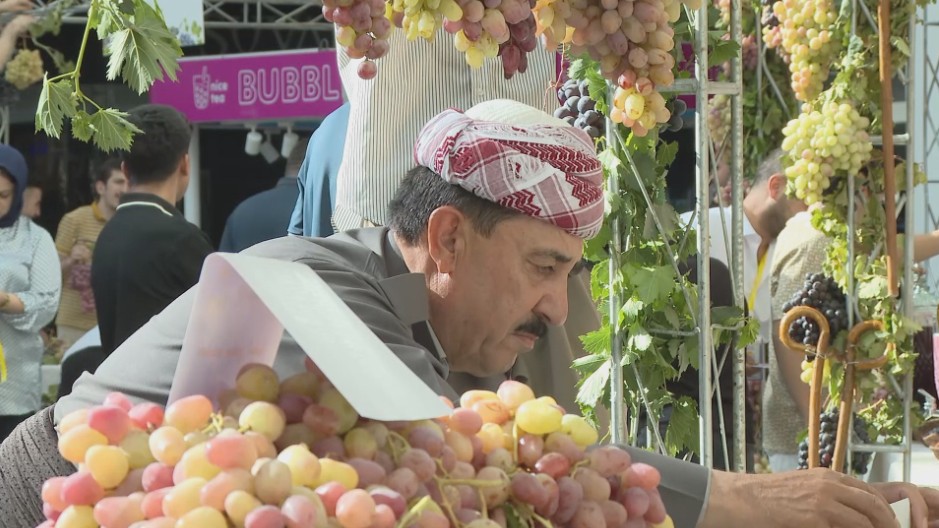
For Nerwayi, this bustling gathering, held under the fitting theme "Duhok is the Source of Local Products," was more than a market; it was the lifeblood of his community.
“The festival is a powerful source of support for farmers and local produce,” he explained, his gaze sweeping over the crowds. Here, he wasn’t just selling grapes; he was participating in the cultivation of a stronger, more connected agricultural future.
“The festival was a good opportunity for farmers from across Duhok province to get to know one another," he said, highlighting the event’s crucial role as a nexus for collaboration. "We exchange our products and also discuss matters related to buyers and markets with each other.”
This spirit of connection is the festival's true harvest, a sentiment echoed by Khurshid Yasin, a fellow farmer visiting the event to network and learn.
"I visited this festival this year and the year before last," he told Kurdistan24. "It's important for getting to know other farmers and seeing our fellow farmers, especially for meeting those we haven't met before."
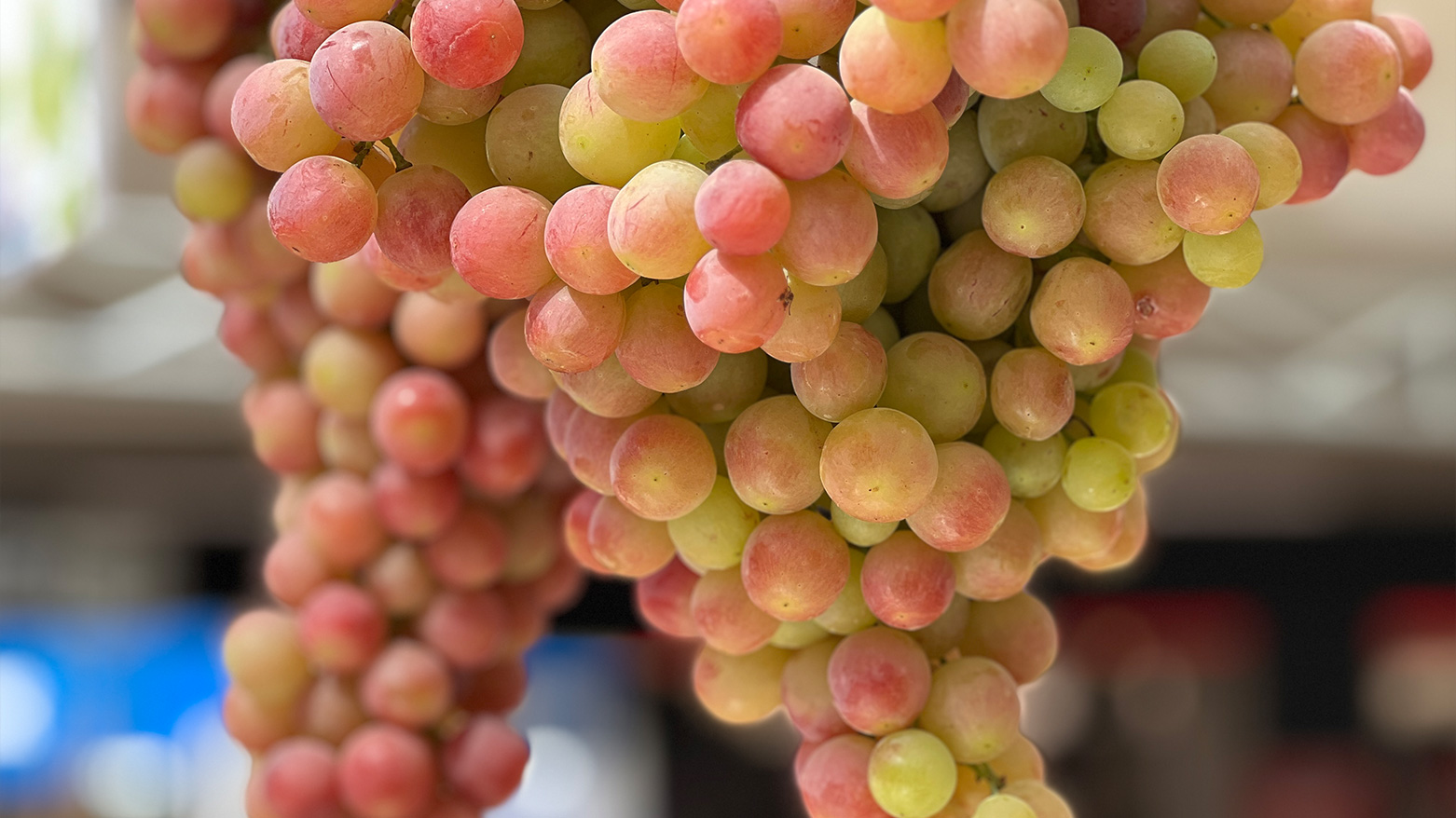
In these informal conversations over shared produce, knowledge is passed, best practices are debated, and the agricultural community strengthens itself from the roots up. The immediate economic impact was also palpable.
At the festival’s opening, the Kavin Group for Trade and Agricultural Products moved through the stalls, actively purchasing various products directly from the farmers and paying them on the spot, providing an immediate and tangible reward for their labor.
That labor has yielded a particularly remarkable outcome this year. Despite a crippling drought that tested their resilience, Duhok’s farmers are on track to produce an impressive 60,000 tons of grapes from the province’s 21,000 dunams of vineyards. The secret to this success lies not in luck, but in their growing sophistication and adaptability.
"Despite this year being a drought year, farmers have used scientific methods to irrigate their crops," confirmed Muslih Hassan, the Deputy Director of Agriculture in Duhok. "Therefore, it is estimated that this year's grape harvest in Duhok province has also reached 60,000 tons." This achievement—a bounty in a time of scarcity—is a powerful symbol of an agricultural renaissance taking hold across the region.
The reputation of Duhok's diverse and high-quality grapes is now traveling far beyond the borders of the Kurdistan Region. "The varieties of grapes are numerous now, not like in the past," said Ubeid Eminki, another farmer proudly displaying his harvest.
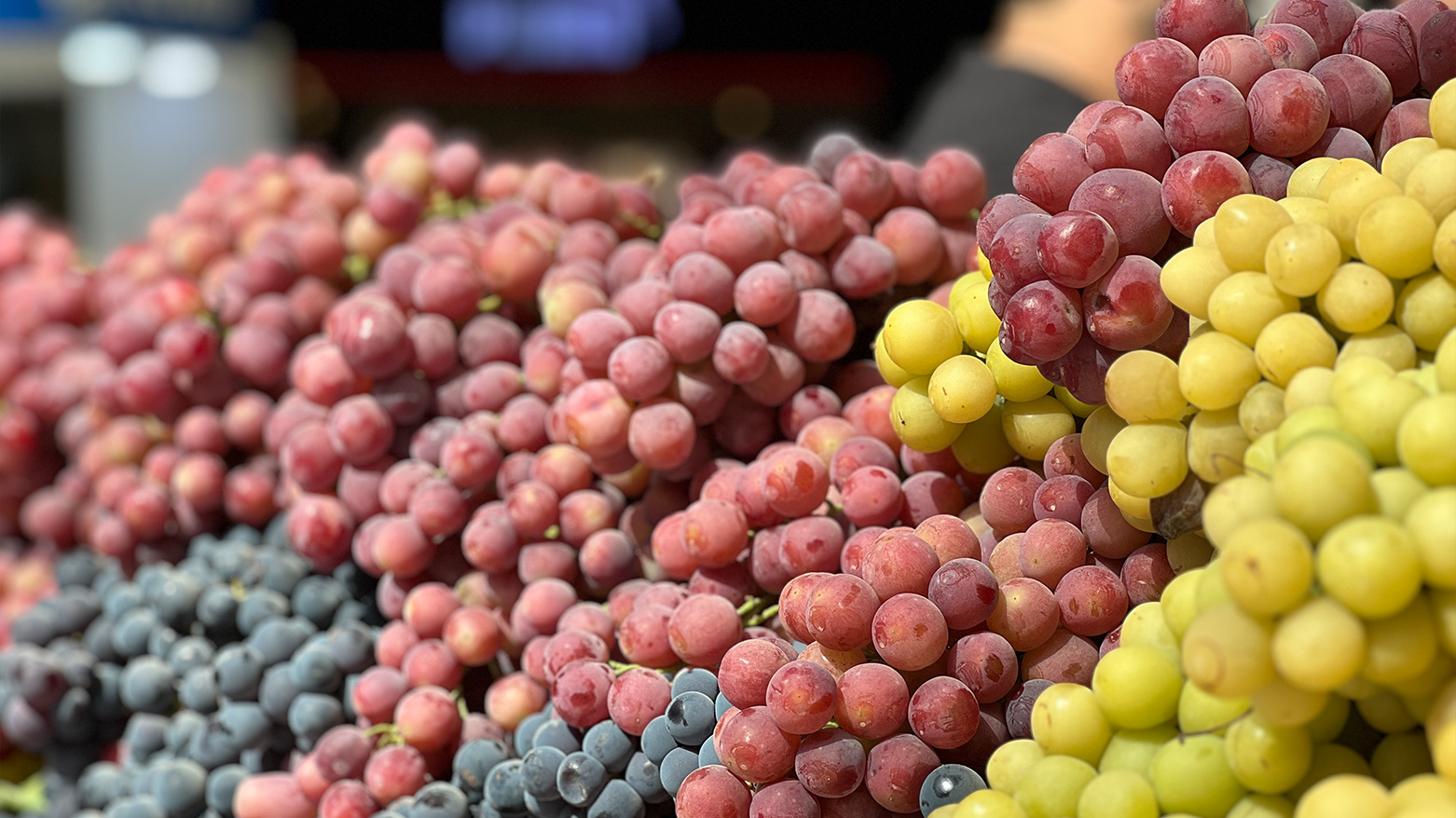
He spoke of a burgeoning international fascination with their quality. "People from France, Italy, Turkey, and many other countries take Kurdistan's grapes back home with them, or have them shipped, especially grapes from the Doski region, which is a very rich and renowned area for grape production."
This local success story in Duhok's vineyards is a microcosm of a much larger, strategic shift occurring across the Kurdistan Region. It is the tangible result of a comprehensive vision championed by the Kurdistan Regional Government's (KRG) ninth cabinet, which has identified agriculture as a central pillar of its economic diversification strategy.
The goal is clear: to reduce a historic reliance on volatile oil revenues, enhance food security, and create sustainable livelihoods for rural communities.
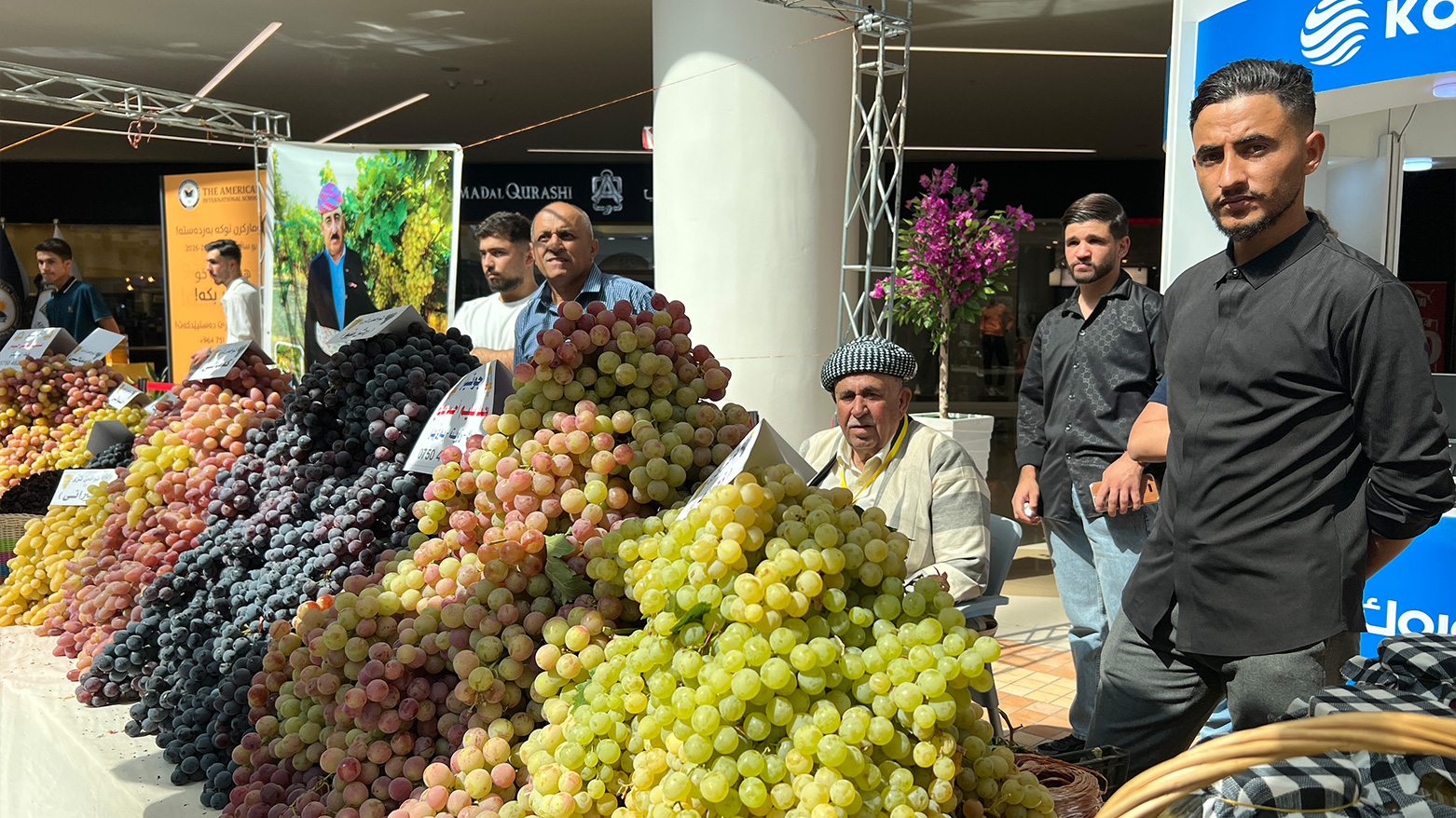
"Our policy focuses on branding and promoting the agricultural products of Kurdish farmers to international markets," Begard Talabani, the KRG Minister of Agriculture and Water Resources, stated at a press conference, outlining the government’s approach. "We are providing all necessary support for those who want to export their crops, while also working to enhance quality standards to protect and elevate the reputation of the Kurdistan Region."
This top-down support is yielding remarkable results on the ground.
As Kurdistan24 previously reported, the Kurdistan Region is now exporting more than 3,000 tons of locally produced fruits and vegetables daily to markets across federal Iraq.
This has been made possible by sustained investment in farming infrastructure, modern irrigation techniques, and robust support for farmers and traders. Grassroots initiatives, like a new weekly market in Halabja, provide a direct platform for farmers to connect with consumers, bolstering local economies and mirroring the community-focused success of the Duhok festival.
In Duhok, this investment has been transformative. As Ahmed Jamil, the Director General of Duhok Agriculture, told Kurdistan24 earlier, the province has firmly established itself as the top grape producer in all of Iraq.
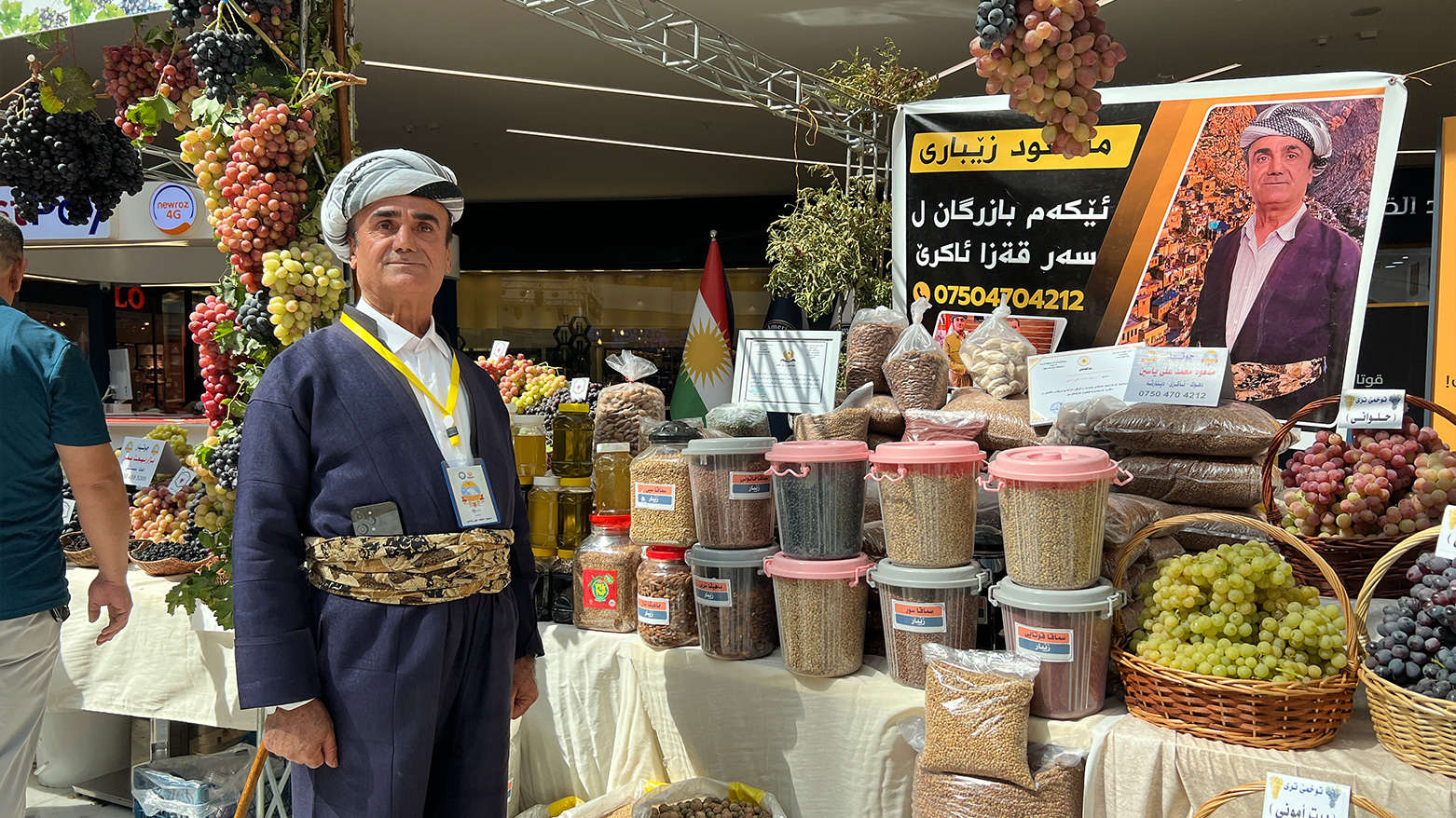
A pivotal development has been the establishment of new processing factories for juice and other grape-based products, finally solving the long-standing problem of market surplus for the province's abundant harvest. One factory in the Mangesh area is now operational, with a larger project underway in Semel, providing a level of market stability that was previously unimaginable for farmers.
This comprehensive strategy addresses the entire agricultural value chain. In Sulaimani, for example, markets are thriving on local produce thanks to a KRG policy that bans or tariffs imports during the local harvest season, ensuring a competitive environment for Kurdish farmers. The government has also invested heavily in infrastructure, building modern wholesale markets and increasing grain storage capacity with new silos to ensure long-term food security.
The agricultural revival has been bolstered by strong international partnerships. The Netherlands, a global leader in agricultural technology, has been a key partner, helping potato production skyrocket from 2,000 tons a year to over 600,000 tons, creating thousands of jobs in the process.
This success has paved the way for expanded cooperation in vegetable and dairy production.
Simultaneously, the KRG has aggressively sought new international markets. Through the Kurdistan Agriculture Export Initiative (KAEI), launched in 2022, the region began its first-ever non-oil exports, sending high-quality pomegranates from Halabja to Gulf and European markets. This has since expanded to include apples, honey, and potatoes, building a global brand for Kurdish produce.
From the quiet dedication of farmers like Yusuf Nerwayi in his mountain vineyard to the bustling international interest in his product, the message is clear. The Kurdistan Region's agricultural sector is not just recovering—it is thriving.
By empowering its farmers, investing in modern infrastructure, tackling the challenges of climate change through better water management, and strategically opening up new markets, the KRG is cultivating a sustainable and prosperous future, one rooted firmly in the rich soil of its land. The vibrant stalls and impressive harvest at the Duhok festival are not just a celebration of a single season's bounty, but a powerful promise of what is yet to come.
